Deciding the best product pricing for your business can be a tough challenge. If you price your products too high, you might be missing out on potential revenue from potential customers who would have bought if you priced them lower. However, if you price your products too low, it may cause you to miss out on gaining larger one-time-off profits and revenues that could have been channelled towards covering your crucial business expenses.
Why would you want to sell your products for a lower price than what they are actually worth? And how can you charge premium prices to your customers in a way that they will make them still want to buy from you?
How will you know the best product pricing to charge so that you will gain the maximum revenue that you deserve without losing out on sales because of bad pricing?
In my article, I will reveal 5 Key Factors To Consider When Deciding On Product Pricing.
Average Market Price
The best starting point when determining your product price is by looking at the average price of a similar product to what you are selling. This will give you a rough guideline as to how much people are willing to pay for the product you are selling. Look at your competitors and see what they are charging to figure out what is the average market price for your product.
You may want to experiment with different price points. You can charge slightly lower than your competitors, slightly higher or the same price as them to see what works.
However, you must bear in mind that if your competitors have been around the industry for quite some time and have gathered a large following, they might be able to charge much higher than the average market price. So let’s say if Competitor A charges $2,000 for an online course, it doesn’t necessarily mean that you should price at that same price.
Positioning
Your product price can also be determined by your brand positioning. Are you selling and creating products that are meant for a more affluent market? Or are you aiming to sell your stuff to bargain-hunters? Or perhaps are you trying to sell to middle-class individuals?
If you are selling to the more affluent market, the kind of products that you sell should be catered to this target audience. They have to be of high quality, luxurious and branded as high-end products.
If you are selling to bargain-hunters, you can sell your every day, good and cheap products as this will satisfy this type of target audience. But if you are selling to this crowd, then be prepared to sell a lot more to cover your costs and pay off some of your crucial business bills!
And if you’re selling to middle-class individuals, you’ll need to stock up on high quality (but not necessarily luxurious) products that can be sold at fairly affordable prices (but not dirt cheap!).
Whichever way you choose to position your brand is up to you. However, the products and product prices should be in accordance with your brand positioning.
Production Costs
Before deciding on your product price, you must calculate the costs of producing the product. For instance, do you use any ingredients or raw ingredients to produce your product? Are there any additional costs such as packaging, shipping costs as well as taxes and duties? These are considered as variable costs.
To ensure that you do not sell at a loss, you will need to ensure that the total variable cost per unit of your product is not higher than the product price that you have decided on.
Labour Costs
Besides your production costs, you would also want to consider labour costs. Do you hire anyone to produce your products for you? Or do you make your products yourself?
Whatever the case, you should estimate how many hours it takes to produce a unit of your product. And with that estimation, determine how much you or your labour hire should cost. The cost per hour for labour can be decided based on the level of skill and expertise you or your labour hire may have in producing the product.
Add this cost to determine your product pricing. By doing this, you are rewarding you and your labour hire for the hard work in creating that product.
Profit Margin
After you do this, you would need to determine how much profit you would like to make when you sell a unit of that product. A way you can do this is by deciding on the percentage of profit margin you would like for your product.
It is important to sell at a profit because besides the production costs that I’ve mentioned earlier, you would also need money to cover your business fixed costs. This may be your utilities, office expenses or rent. So by adding a profit, you are going to be able to cover some of your fixed cost expenses.
After deducting your fixed cost expenses, the remaining profit can be used to reward yourself as a business owner and grow your business.
Finding the best product pricing sweet spot for your business can be very challenging. It comes by experimenting and researching.
I hope that with this article, you’ll have a better idea of how to determine the best pricing for your products. Found any of these tips helpful? Or have any other strategies to share? I’d love to hear from you in the comments section below.
References:
https://www.shopify.com.au/blog/how-to-price-your-product
https://www.marketingdonut.co.uk/marketing-strategy/pricing/seven-ways-to-price-your-product
https://www.aha.io/roadmapping/guide/product-strategy/how-should-i-price-my-product
https://blog.hubspot.com/sales/pricing-strategy
https://www.smartcompany.com.au/business-advice/five-factors-to-consider-when-pricing-products-or-services/
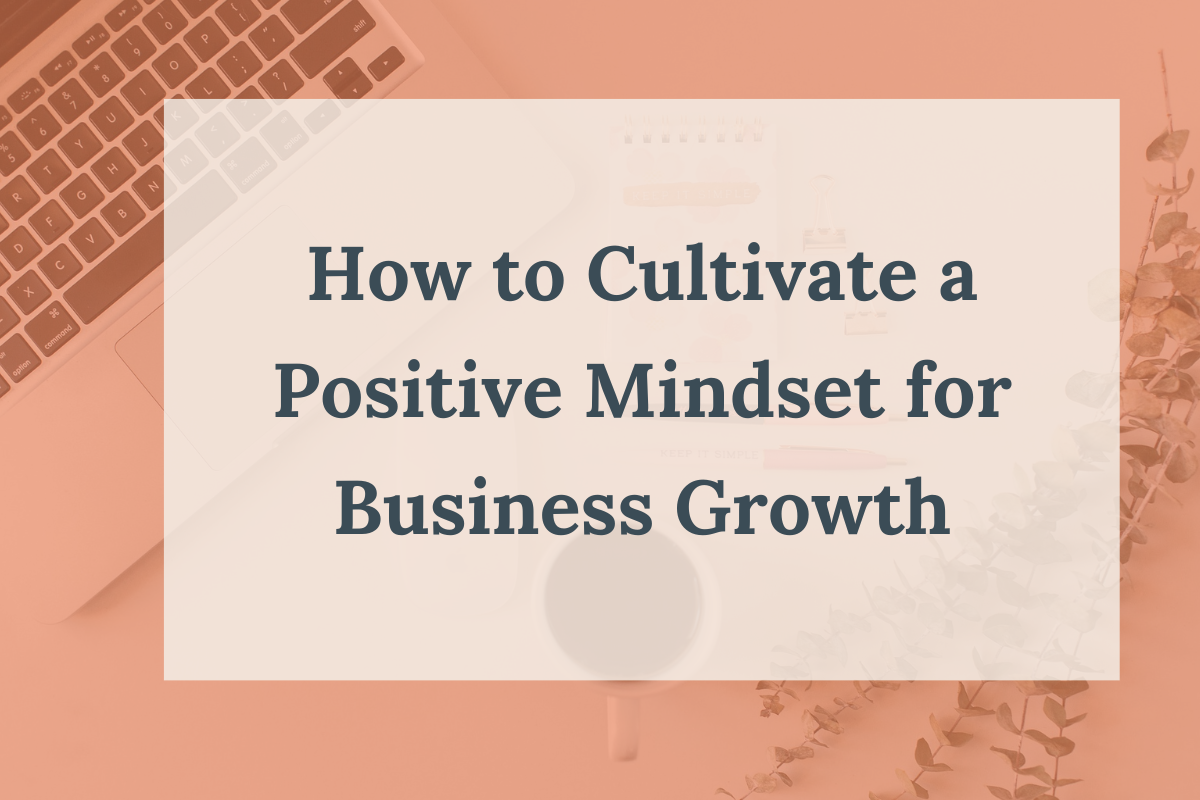
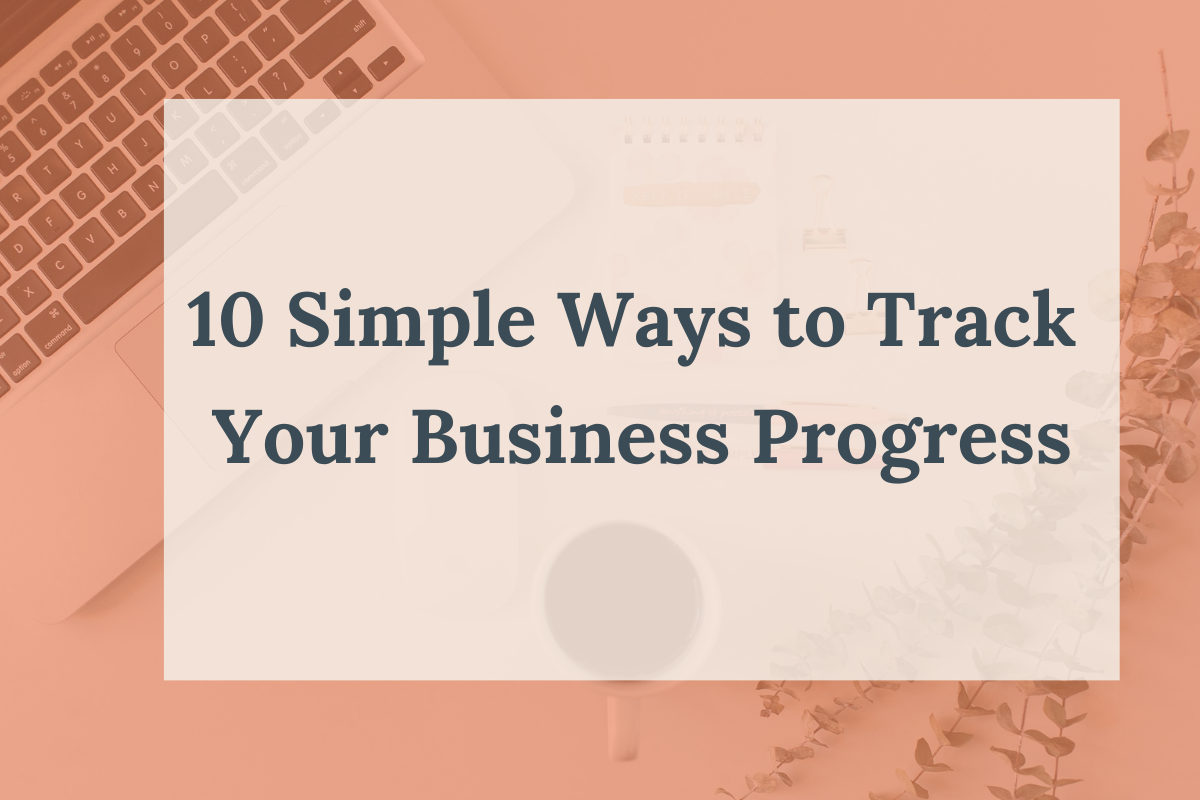
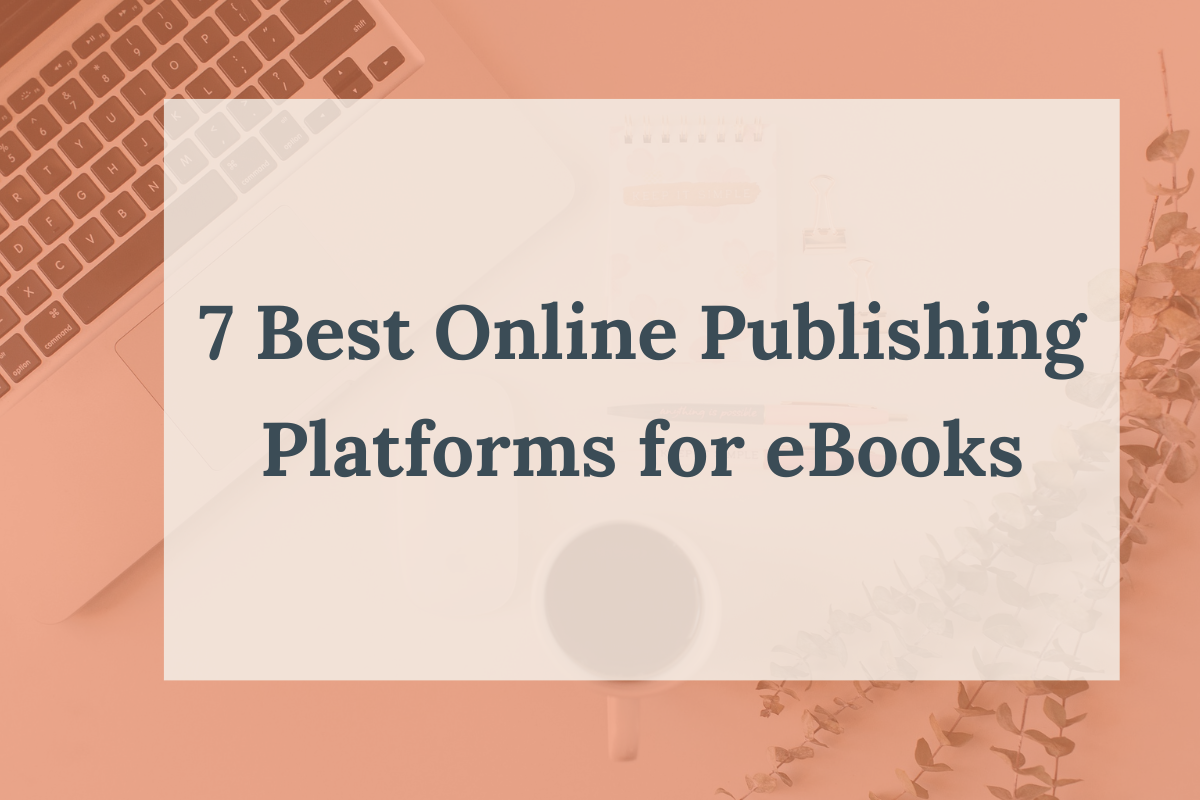
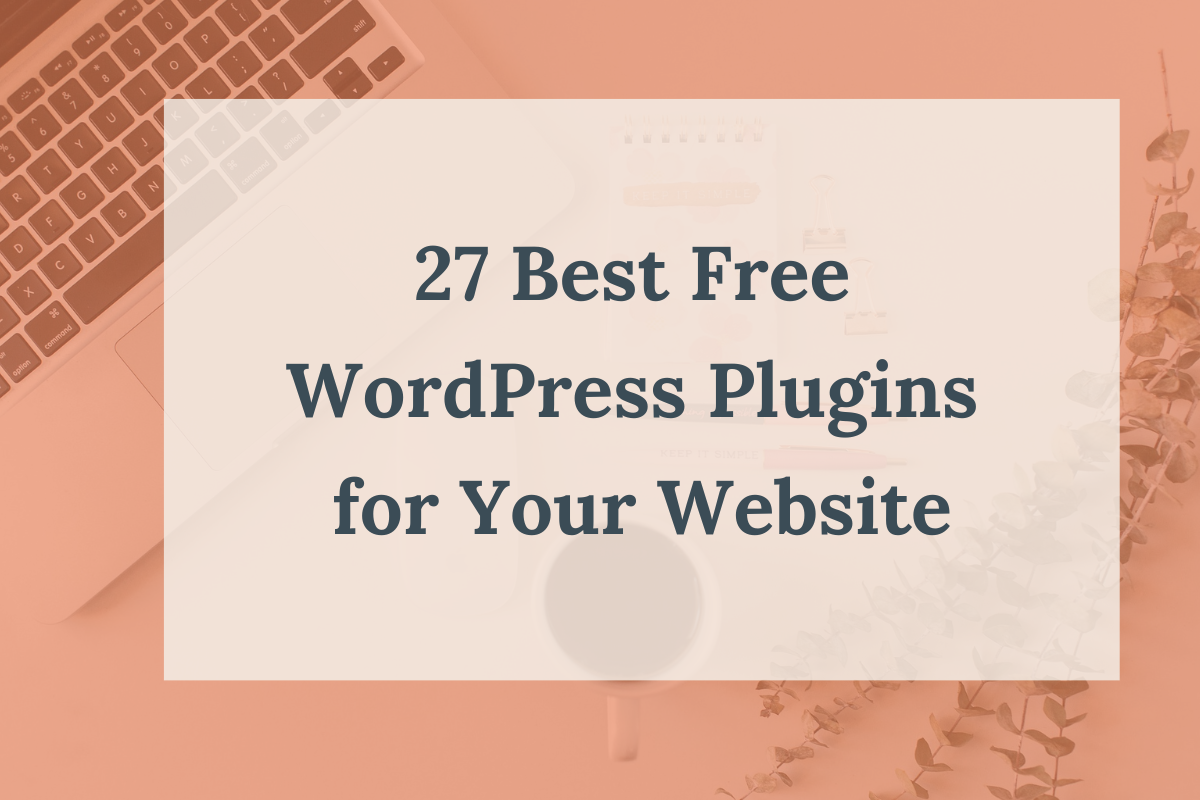
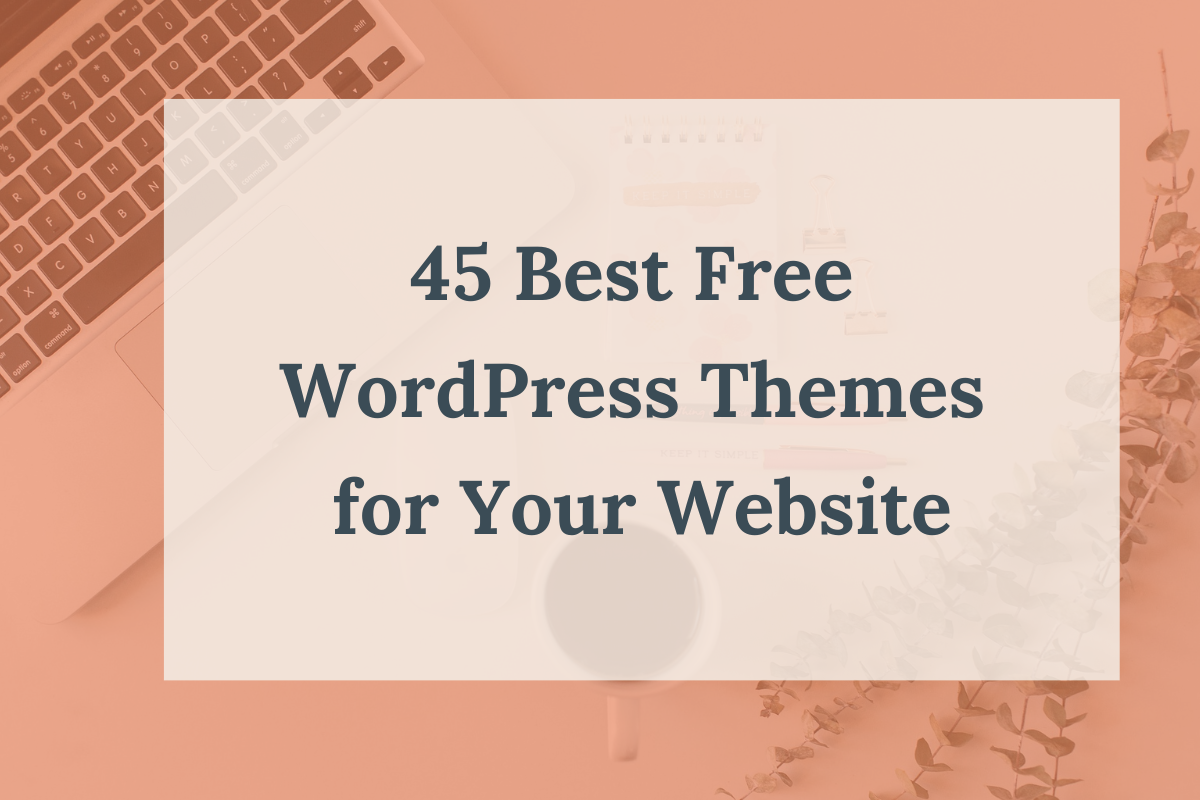
Leave a comment